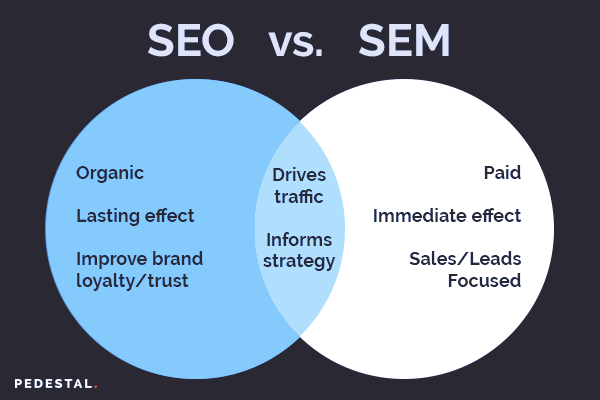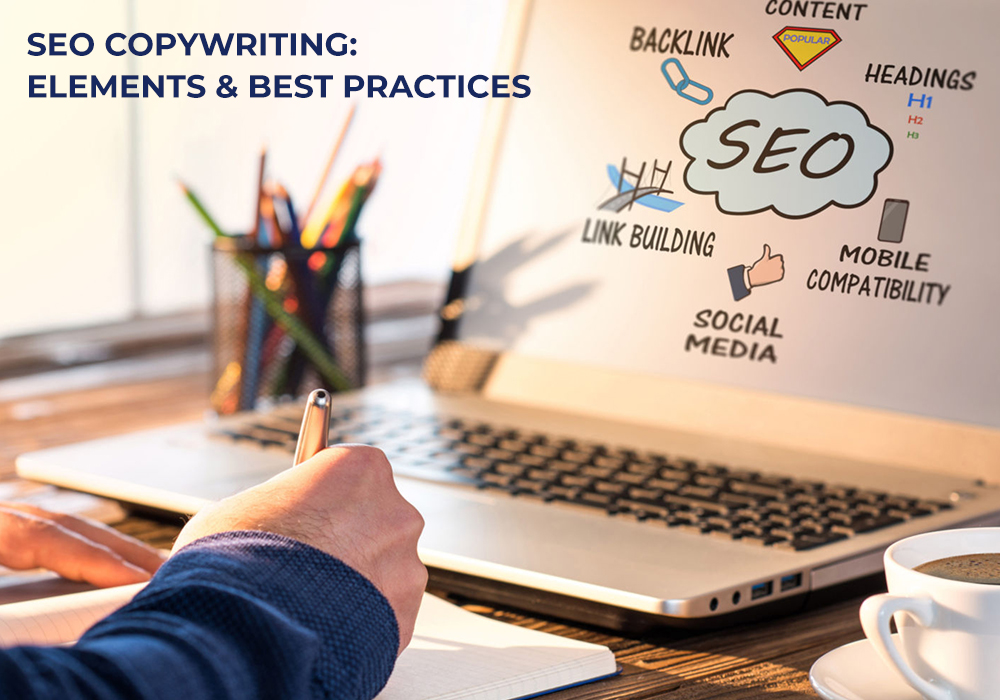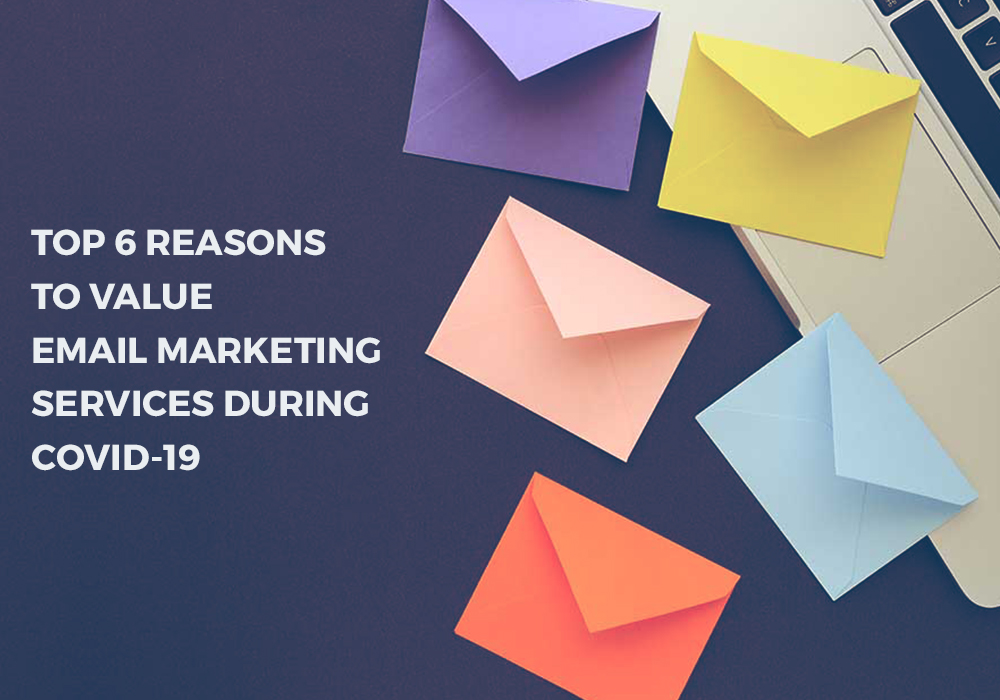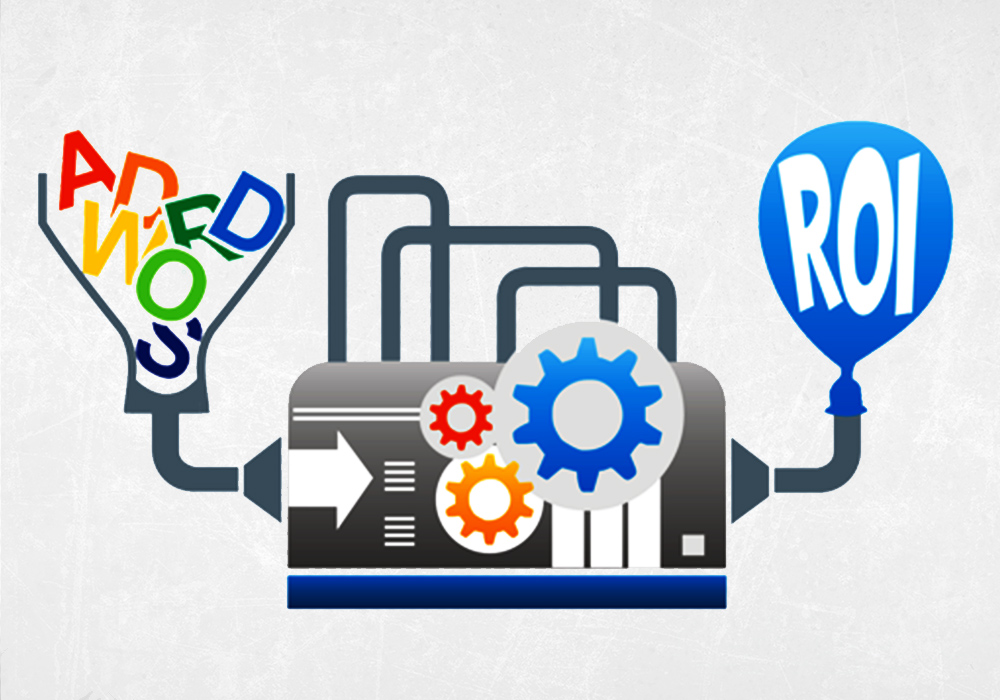SEO v. SEM – Tradeoffs Between Google Natural and Paid Results in Digital Marketing
A potential client approached us the other day. They asked us to break down the differences and tradeoffs between Google’s paid and natural search results. Which should they invest more in and why?
So, we decided to put out a blog post that explains the differences and tradeoffs between SEM and SEO. As a result, we could explain when it makes sense to focus on one over the other or on both.
The question and follow-up conversation prompted us to revisit some of the touchstones of digital marketing and SEO. We felt it made sense to share widely with our blog followers.
The conversation pivoted around the differences between Google Natural search and Google Paid search. To explain the difference, it makes sense to start with the fact that Google Natural and Google Paid search are completely different programs. And they are driven by different, unconnected, algorithms.
SEO, or organic search, is the art of driving up a website’s rank in the results directly below the Google search bar. Organic does not include those marked as ads. These results are called “natural,” “organic,” or “unpaid” because Google does not charge for referrals to your web property when it is found in this section of the results page.
SEM (search engine marketing) however, refers to helping businesses perform optimally in the “non-natural” Ad Rank. Ads are found with the highlighted results under the search bar and running down the right-hand sidebar of the Google results page. There is a very different science driving the ranks and there is no direct connection.
Is There a Connection Between SEO and SEM?
We must stress this last point – there is no direct link between Google’s paid and unpaid algorithms. At first glance, the amount you spend on Google AdWords has no bearing on your natural rank. SEO and SEM are decoupled in this respect. However, an indirect benefit may exist. The increase in traffic generated from paid ads can translate into improved natural rank via an increased click-through-rate (CTR) within the natural section of the rankings.
SEM drives natural traffic to your site, increasing your SEO in that respect, in all other material respects the two ranks are disconnected. In this important sense, SEO and SEM are only lightly connected at best. And it is in your interest to work with a digital marketing team that comprehensively understands both or work with different groups – one specializing in SEO and the other in SEM.

Tradeoffs Between SEM and SEO?
The process for optimizing natural search (i.e. getting your site higher in the unpaid rank) can take time. Google’s natural algorithm looks at a plethora of factors to ranking your website on a given query and awards points that leapfrog you over your competitors.
On the other hand, SEM sends your site to the top right away (assuming you have setup your AdWords account optimally). In the SEM world, there is no waiting for Google to take notice of your efforts and to then re-index your website. In this sense, SEM is akin to the “expedited shipping” option you have to pay a bit more but you move to the top quicker.
In the SEM world, there is no waiting for Google to take notice of your efforts and re-index your website. In this sense, SEM is akin to the “expedited shipping” option, you pay a bit more but you move to the top quicker. And, if a SEM professional has optimally setup your account you should only have to pay a small price per visitor. It is only when the account isn’t optimized that you can pay a lot per click.
The Path Off Paid – Hybridizing SEO and SEM
One of the practices that we have seen significant success with is what we call the “Path off Paid.” In this scenario, we recommend clients deploy paid campaigns so that we can discover what keywords perform best. Another benefit here is that our clients’ websites are occupying coveted top real estate on Google searches that matter.
Time to Reap the Benefits of SEO
At the same time, we optimize naturally for keywords that clients request. And, we adjust our SEO campaign based on the feedback we get from AdWords. Once our SEO efforts gain traction, we recommend clients wean off paid results and start reaping the benefits of SEO.
There is no better bargain in digital marketing than being found for free, but it takes time to achieve. In the interim, it’s okay to pay a bit for traffic and knowledge. In time, the lessons learned from these efforts will translate into natural traffic. Traffic that flows freely on the most important keywords for your business. As an additional benefit, enjoy being right at the top.
In time, the lessons learned from these efforts will translate into natural traffic. Traffic that flows freely on the most important keywords for your business. Additionally, you get to rank on the terms that matter most, while learning about what keywords to pivot around naturally.




